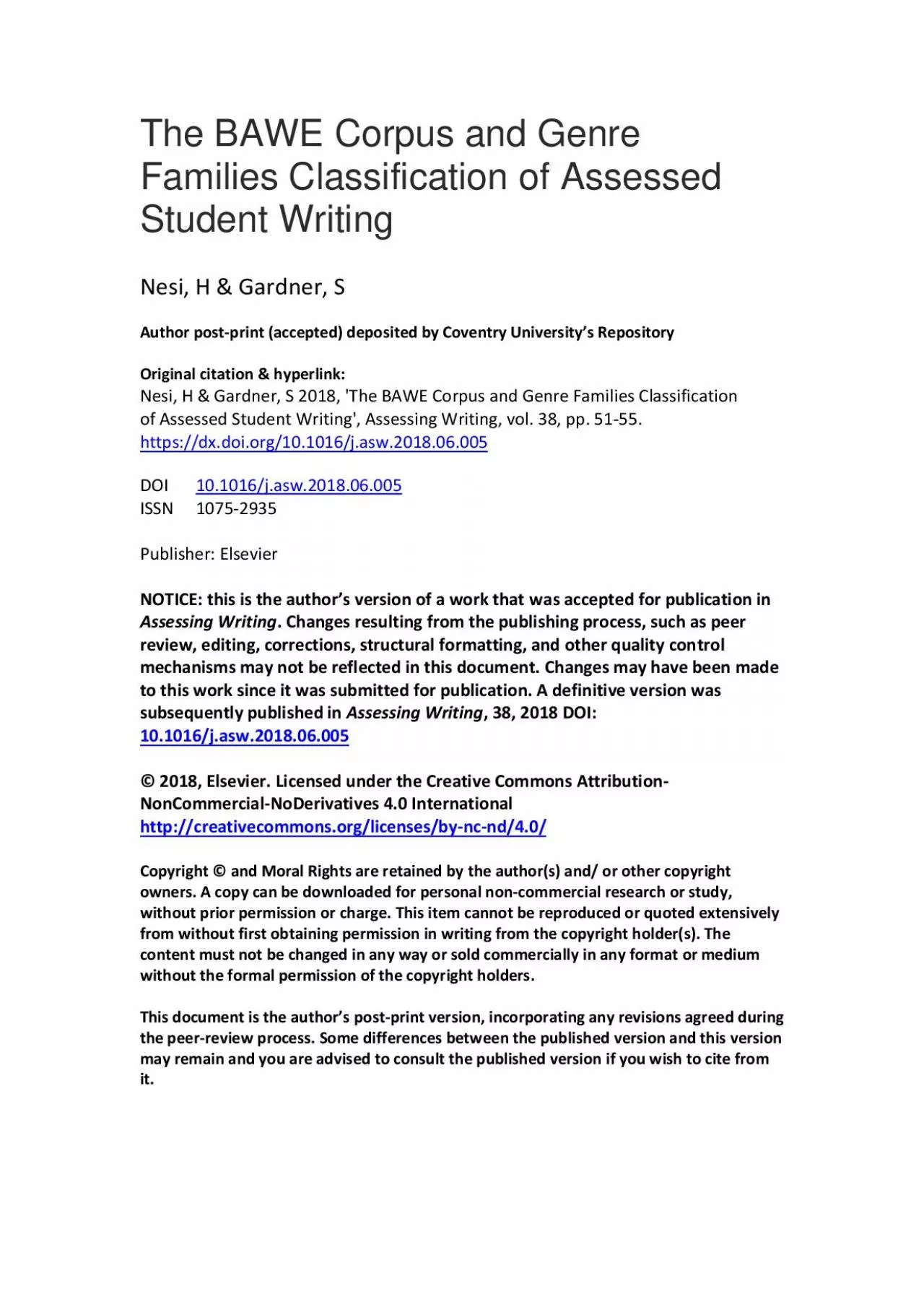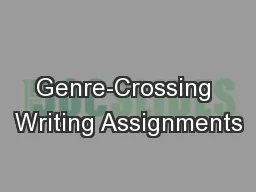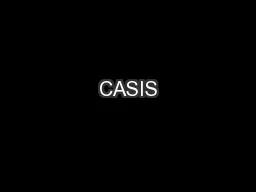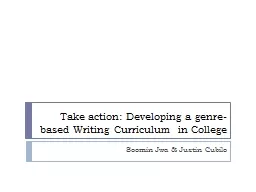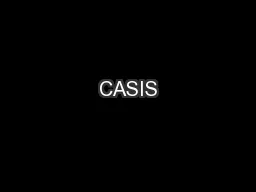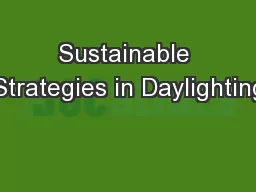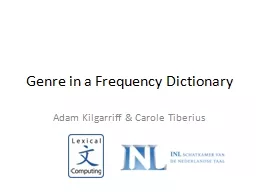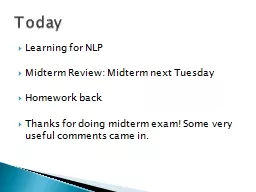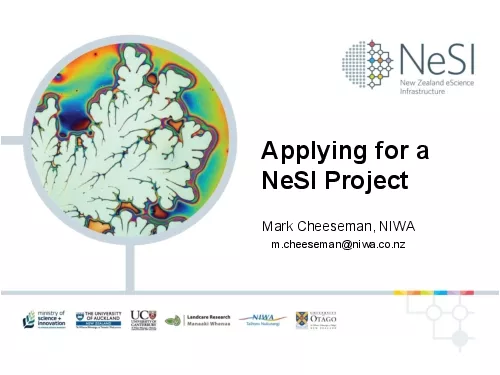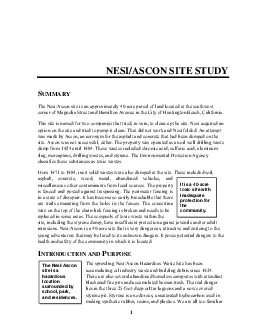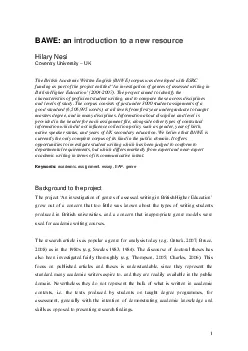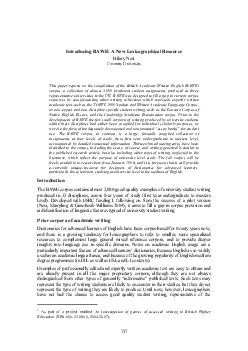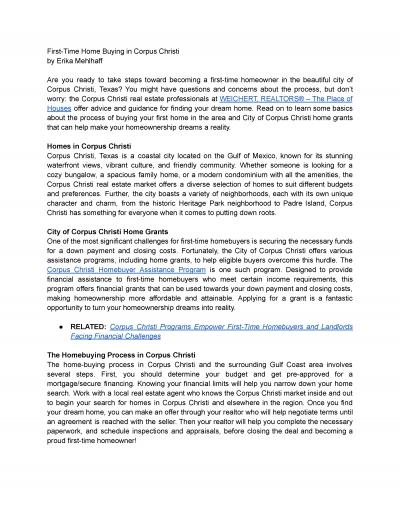PDF-Corpus and Genre Families Classification Assessed Writing Nesi H Gard
Author : amey | Published Date : 2021-08-24
DOI 101016jasw2018060052935 Publisher Elsevier NOTCE thithe authors version of a worthaThe BAWE Corpus and Genre Families Classification of Assessed Student WritingAuthors
Presentation Embed Code
Download Presentation
Download Presentation The PPT/PDF document "Corpus and Genre Families Classification..." is the property of its rightful owner. Permission is granted to download and print the materials on this website for personal, non-commercial use only, and to display it on your personal computer provided you do not modify the materials and that you retain all copyright notices contained in the materials. By downloading content from our website, you accept the terms of this agreement.
Corpus and Genre Families Classification Assessed Writing Nesi H Gard: Transcript
Download Rules Of Document
"Corpus and Genre Families Classification Assessed Writing Nesi H Gard"The content belongs to its owner. You may download and print it for personal use, without modification, and keep all copyright notices. By downloading, you agree to these terms.
Related Documents

